I became a big fan of polenta while studying Italian cooking. Previously, it never occurred to me that ground corn could create a dish that could rival the best pastas or potatoes. Those rich, golden bowls of cornmeal, cooked until tender and flavored with good olive oil, butter, sea salt, and fresh herbs soon became one of my favorite things to eat.
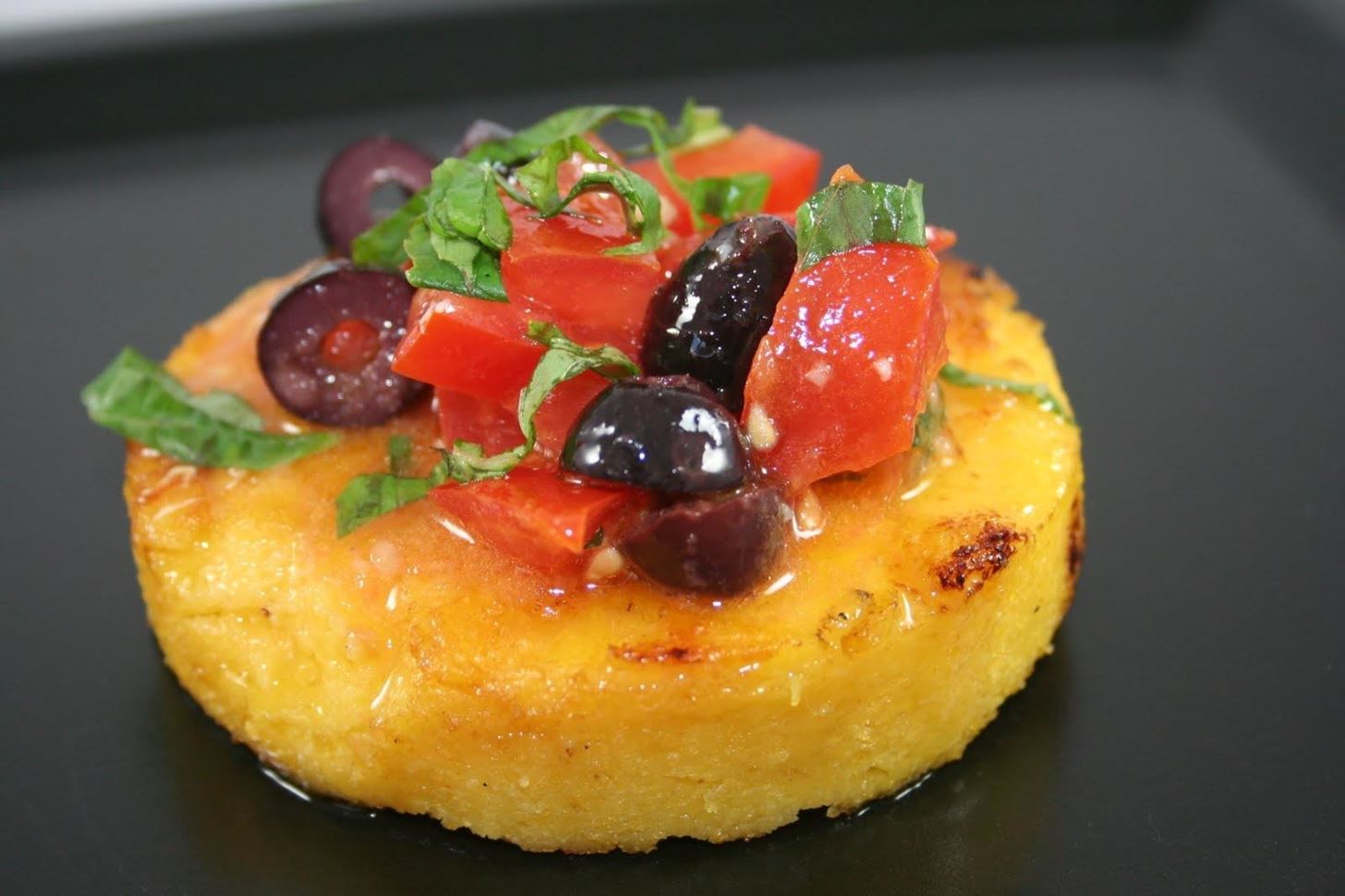
So Many Corn Products, So Little Time
Now, you may ask yourself what's the differnce between polenta, cornmeal, masa harina, and grits. Masa is finely ground corn flour and is what is used to make tortillas. Grits are made from hominy, which is corn that has been treated with lime or a weak lye solution to loosen up the corn germ from the tough cellulose shell. Afterwards, it is washed well, so don't worry—you're not eating drain cleaner with your grits.
Cornmeal is made from dent corn (i.e., the golden ears of corn most Americans are used to eating during the summer), and is coarsely ground. Polenta is made from flint corn, which has a very starchy center and is what gives it its particular texture even after cooking. Genuine polenta is also milled several times to produce uniformly sized particles. However, if you can't find genuine polenta in your area, coarse ground cornmeal will do just as well. The authentic stuff is well worth seeking out, however. And take a word from Food52 and avoid anything labeled "instant" or "quick-cooking." That means it's been par-cooked, and won't have that wonderful, flowery corn flavor that's such an integral part of polenta.

Polenta's Virtues Are Many, But...
Polenta is not only delicious, nourishing, and cheap, it's also incredibly versatile. You can serve it soft, like mashed potatoes, or wait for it to firm up, cut it into slices, and grill it. You can bake it as a standalone casserole, topped with caramelized onions, sausage, and sautéed kale. It is a terrific savory dish. It also works as a sweet morning porridge. This stuff is amazing!
The one drawback: the cooking time. Making polenta that has the requisite creamy, melt-in-your-mouth taste demands lots of time standing over the stove cooking the stuff over low heat and stirring, stirring, stirring for 30 to 40 minutes—basically, until you think your arm is going to fall off. You can also bake it, but that process can take up to an hour (although you're only stirring for the first few minutes of it, thankfully).
Polenta's pitfalls are threefold if you don't cook it properly. First, you can end up with what The Joy of Cooking calls a "raw" taste, and it's true: biting into a spoonful of undercooked polenta can make you feel like a chicken scratching for feed. Not a pleasant experience. Next is the texture: polenta can retain a gritty feel that seems like it's cutting up your mouth if it's not well done. And finally, there is the stirring: neglect to keep that wooden spoon moving, and you end up with lumpy, clotted polenta.

One Prep Technique Eliminates Polenta's Drawbacks
Thankfully, there is a way to avoid all these pitfalls and cut down the cooking time of polenta by as much as half, and it's as easy as can be: simply soak the cornmeal overnight in your fridge. David Chang, in his Momofuku cookbook, recommends it, as does cookbook author and former Chez Panisse pastry chef David Leibovitz. That means 30 minutes of standing over your stovetop and stirring is now a miraculous 15.
Anson Mills says the process of soaking polenta softens the grains and helps them hold their shape better, since introducing polenta into hot water can traumatize the grains and make the texture tough and gritty. If I was making breakfast polenta, I might add a little milk to the water since the lactic acid would soften the grains a bit more.
Want more great cooking shortcuts? We've got some revolutionary ones on prepping pasta and making super fluffy mashed potatoes.
Just updated your iPhone? You'll find new emoji, enhanced security, podcast transcripts, Apple Cash virtual numbers, and other useful features. There are even new additions hidden within Safari. Find out what's new and changed on your iPhone with the iOS 17.4 update.
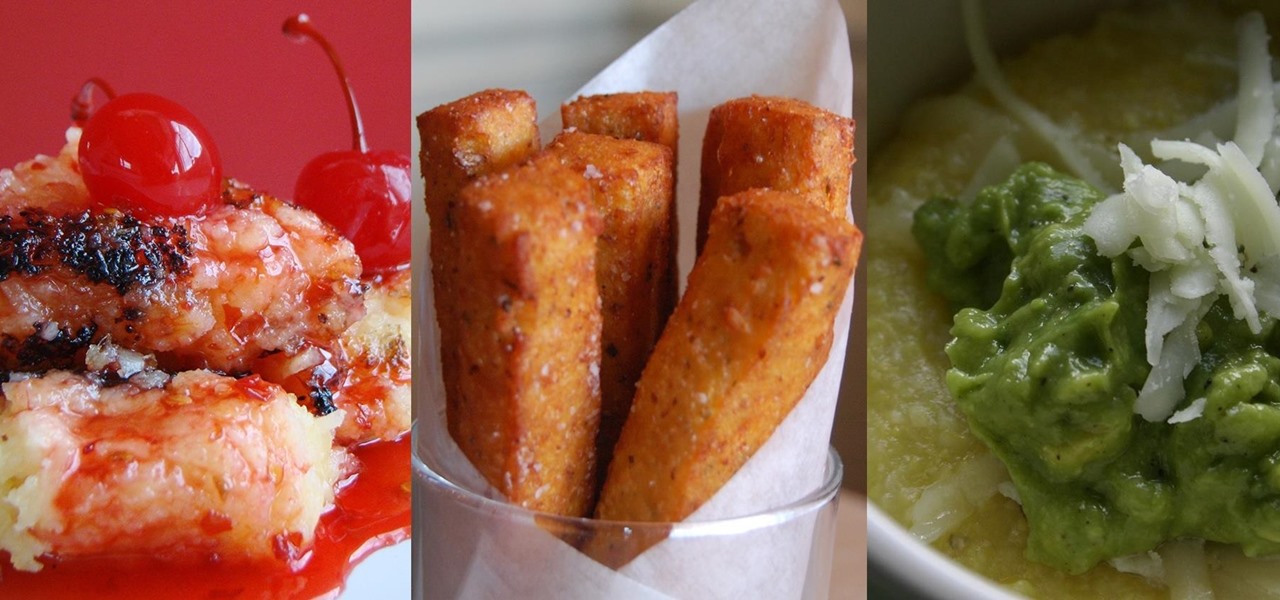





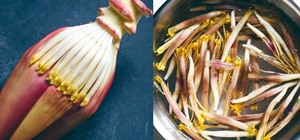

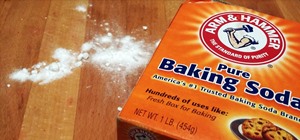
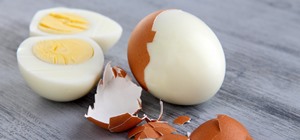









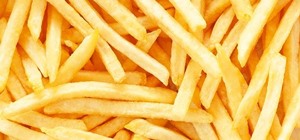


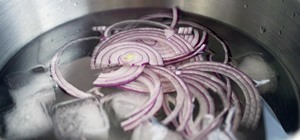
Be the First to Comment
Share Your Thoughts